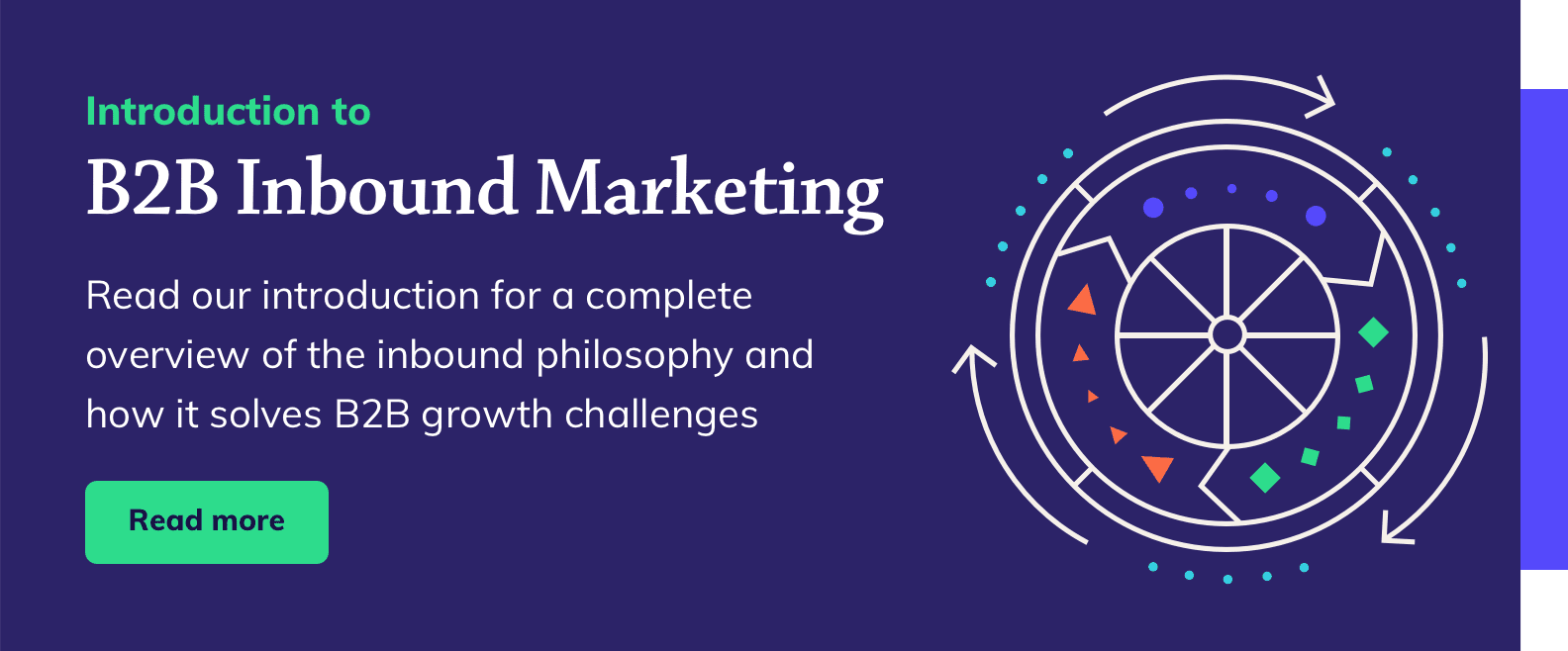Build this suite of simple, reusable inbound marketing assets to improve your content productivity
Inbound marketing thrives on recency. Therefore it is essential that you establish a sustainable system, so that you can publish your content when you need to. Here's how you can remove a lot of effort, and common delays from your content publishing.
Once up and running, your inbound marketing system is going to repeatedly call for a common set of digital assets. Each one needs to be optimised for its function in the chain and, while it needs to look good, extensive design flair often isn't required.
If you remove the need to redevelop these assets each time you need them, you will save yourself oodles of time and improve the performance of your campaigns through quicker delivery.
So do yourself a favour and build reusable templates for the following essential components of inbound marketing:
1. Responsive landing page
This is the daddy really. Landing pages play a vital role in inbound marketing as they give you the greatest flexibility in terms of optimisation and testing. Landing pages allow you to remove distracting navigation, focus your readers attention on a specific offer and to vary the form fields that you ask them to complete.
Responsive landing pages will serve you best as they will adapt to the viewers device screen automatically. This means that a landing page intended for desktop viewing can use the same template as one intended for mobile viewing.
2. Post-conversion thank-you page
Every conversion requires a thank you page, yet is often an after thought. The thank-you page serves several important functions. The first of course is saying 'thank-you', which we really mean since the viewer has done what we asked of them.
After that, we believe, the thank-you page should continue the guided relationship with the prospect, offering them carefully selected next steps. This post describes the requirements of the perfect post-conversion thank-you page.
3. Auto-confirmation email
This is a special kind of email that should be automatically sent to your converted prospect as soon as possible after they convert. The contents of the email depends upon what you offered in response for conversion. If they signed -up for a newsletter, it should confirm the fact. If you offered a download, it should provide permanent access.
4. Traffic generation email
Traffic generation emails are the ones that announce the availability of new content to your database of subscribers. The objective is to drive traffic to your landing page where prospects reconfirm, or expand, the personal information you hold on them in return for accessing your latest material.
Your traffic generation emails should look different to other emails you send. They should take their inspiration from your landing page, the two of which need to work together. Again, a mobile friendly design is wise.
5. Email newsletter
You need to make regular contact with your subscribers in order to positively build their impression of your business and to keep your name at the top of their mind. While regular contact would ideally consist of content in variety of forms, this isn't always possible.
An email newsletter, digesting the latest content from your blog and other interesting news is an excellent way to maintain contact without the immediate need to ramp up your content production. Select or design a flexible template that you can quickly and easily populate with your latest blog posts and focus on getting it out on time every month, not on the design.
6. Blog post
Your blog is at the heart of all inbound activity. Without the resources to maintain a blog, you probably don’t have the resources to operate an inbound marketing machine.
If you are the main blogger for the business you will know that blog posts don’t especially need to be based on a template. But a template could help if you seek support from colleagues who are perhaps less knowledgeable , experienced or confident about blogging.
Use them all together
One of the challenges with inbound marketing is that it is impossible to just dip your toe in and get any sort of result. Inbound is, by definition, the result of a sustained, interdependent set of activities.
The assets described above cover off the most common of these interdependent elements and developing them all ahead of time will enable you to get started with inbound marketing and to see results more quickly.





